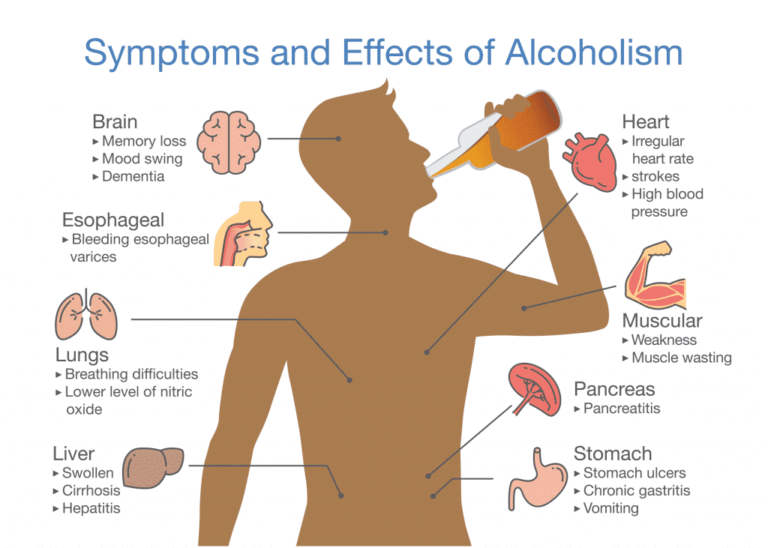Explain What Distinguishes Agility From Balance And Coordination.

When it comes to physical fitness, the terms agility, balance, and coordination are often discussed together, but they refer to distinct aspects of movement. These elements are crucial in sports, everyday activities, and maintaining overall health. In this article, we will explain what distinguishes agility from balance and coordination.and dive into how they contribute to effective movement. By understanding these differences, you can improve your performance in various physical activities and enhance your overall fitness.
What is explain what distinguishes agility from balance and coordination.
Explain what distinguishes agility from balance and coordination.are three critical components of movement, each serving a unique function. Agility refers to the ability to change direction quickly and efficiently, commonly seen in sports like soccer or tennis. Balance, on the other hand, is the body’s ability to maintain stability, whether stationary or in motion, ensuring control over the center of gravity. Coordination involves the smooth and efficient use of multiple body parts in harmony, allowing for seamless movements, such as catching a ball or typing on a keyboard. Together, these elements form the foundation for effective physical performance.
What is Agility
Agility is the ability to change direction quickly while maintaining control. It’s commonly associated with sports like soccer, basketball, and tennis, where athletes must frequently shift their movements to respond to opponents or the ball. Agility is all about speed and efficiency—it involves quick reflexes, dynamic movement, and precise control.
For example, in a soccer match, a player must be agile to quickly pivot, sprint, or dodge opponents. Agility combines several components such as strength, speed, and flexibility to perform complex movements in a short time. It requires rapid adjustments to unpredictable situations, making it a vital skill for high-performance athletes.
What is Balance
Balance, on the other hand, is the ability to maintain a stable body position, either when stationary or moving. Balance plays a critical role in many activities, from standing still to walking or performing complex movements like gymnastics. Balance involves controlling the body’s center of gravity and depends on the interaction between muscles, bones, and the nervous system.
A good example of balance is seen in yoga poses like the tree pose, where the body must remain stable on one leg without falling. Balance is key in preventing falls and injuries, especially as we age. Good balance allows you to stay steady on different surfaces and during various physical activities, like walking on uneven terrain or standing on one foot.
What is Coordination
Coordination refers to the ability to use different parts of the body together smoothly and efficiently. This involves integrating muscle movements with sensory information (like vision and touch) to execute complex tasks. Coordination is essential in activities such as playing the piano, typing on a keyboard, or throwing a ball.
For example, when you catch a ball, your eyes first track the ball’s movement, and your hands work in sync to grab it. Coordination involves timing and precise control of muscles to achieve smooth, fluid movements. It’s fundamental in everything from everyday activities like driving to high-level sports performance.
Differences Between Agility, Balance, and Coordination
Now, let’s explain what distinguishes agility from balance and coordination. Although they often overlap in physical activities, each plays a distinct role in movement. Below are some key differences:
Agility focuses on quick movements and directional changes.
Balance is about maintaining stability, either while stationary or in motion.
Coordination ensures the body’s parts work together smoothly to perform complex tasks.
To further clarify the distinctions, let’s break down these three skills into specific areas:
| Aspect | Agility | Balance | Coordination |
|---|---|---|---|
| Main Function | Quick changes in direction and speed | Maintaining stability | Smoothly integrating muscle and sensory movements |
| Example | Dodging an opponent in soccer | Standing on one leg in yoga | Catching a ball with accurate timing |
| Key Component | Speed and flexibility | Stability and control | Sensory integration and muscle control |
| Involved System | Nervous system and muscles | Nervous system and inner ear (vestibular) | Nervous system, vision, and muscle groups |
As you can see from the table, agility is mostly about speed and flexibility, while balance emphasizes stability. Coordination requires a combination of sensory and muscle control to perform tasks accurately. These three components often work together but serve different purposes.
Work Together Explain What Distinguishes Agility From Balance And Coordination.

Though distinct, agility, balance, and coordination often work hand-in-hand to produce effective movement. Agility requires both balance and coordination—you cannot change directions quickly without maintaining your balance and coordinating your muscles efficiently. For instance, a tennis player who rapidly shifts to hit a ball must rely on all three: agility to move quickly, balance to remain stable, and coordination to time the hit perfectly.
Improving these three aspects is important not only for athletes but also for people in everyday situations. Good balance helps you walk confidently on uneven ground, while coordination enables you to perform tasks like cooking or driving with ease. Agility adds speed and precision to your movements, whether you’re playing sports or reacting quickly to avoid a hazard.
Training for Agility, Balance, and Coordination
To improve your agility, balance, and coordination, specific exercises can target each aspect individually or in combination. Let’s explain what distinguishes agility from balance and coordination when it comes to training:
Agility Training:
Agility drills often involve sprints, cone drills, or ladder exercises.
These exercises focus on quick foot movements and directional changes.
They improve your ability to respond quickly to changes in environment or competition.
Balance Training:
Balance can be improved through yoga, stability ball exercises, and standing on one leg.
These exercises train your muscles to stabilize your body, preventing falls and improving posture.
Coordination Training:
Coordination drills include activities like juggling, ball toss exercises, or playing catch.
These activities require focus, timing, and muscle control to improve how smoothly you can complete tasks.
When you combine these three training elements, your overall physical performance improves. You become more adaptable, able to perform tasks more efficiently, and less prone to injuries.
Real-Life Applications of Agility, Balance, and Coordination
While athletes often focus on improving agility, balance, and coordination, these abilities are also crucial in daily life. For example, if you’re walking on an icy sidewalk, your balance prevents you from slipping, while your agility allows you to react quickly to avoid a fall. Coordination helps you move smoothly as you navigate the slippery surface.
In the workplace, particularly in physical jobs, these skills are equally essential. Construction workers, for instance, rely on balance when standing on scaffolding, agility to navigate obstacles, and coordination to handle tools effectively.
Even tasks like driving require all three elements. Agility helps you react quickly to road hazards, balance keeps you steady in your seat, and coordination enables you to steer, brake, and accelerate smoothly.
Frequently Asked Questions
What is agility?
Agility is the ability to quickly change direction and speed while maintaining control, often used in sports and physical activities.
How does balance differ from agility?
Balance focuses on maintaining stability and control of the body’s position, while agility involves fast, dynamic movements.
What is coordination in movement?
Coordination refers to the smooth integration of different body parts to perform tasks efficiently, such as catching a ball or playing an instrument.
Conclusion
In summary, explain what distinguishes agility from balance and coordination. To explain what distinguishes agility from balance and coordination, agility involves quick, precise changes in direction, while balance is about maintaining stability, and coordination ensures smooth, efficient muscle movements. Together, they form the foundation for physical performance, both in sports and daily activities. Improving these skills can enhance your ability to respond to various challenges, reduce the risk of injury, and increase your overall physical capacity.






